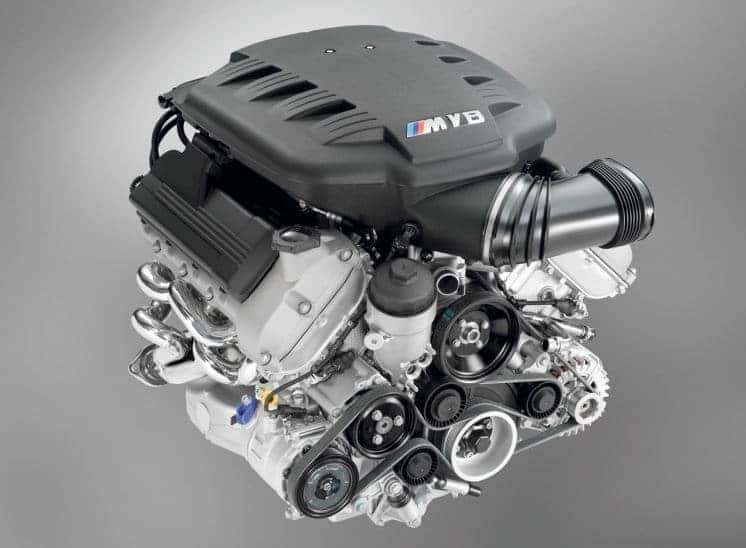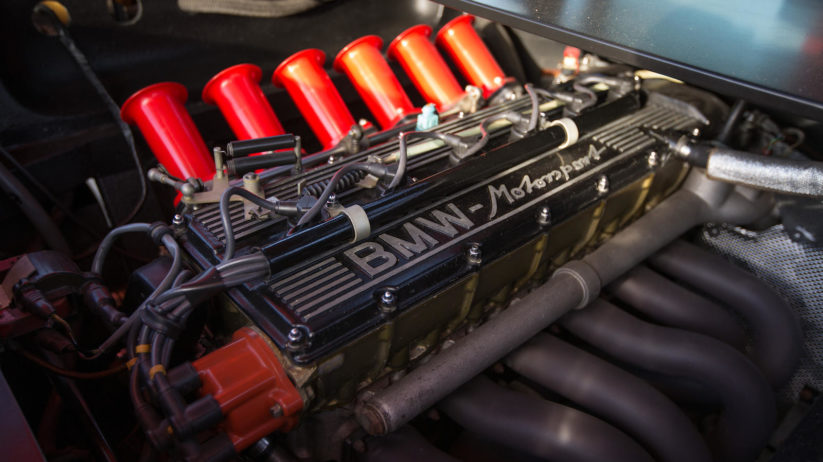Leading 5 BMW Engine Technologies Transforming the Automotive Market
Leading 5 BMW Engine Technologies Transforming the Automotive Market
Blog Article
Checking Out the Advancement of Burning Engines in Modern Transport Equipments
As we navigate the landscape of modern transport, the advancement of burning engines stands as a testimony to human resourcefulness and engineering expertise. The interplay of history, innovation, and environmental worries in shaping the trajectory of combustion engines creates a narrative that is both informative and engaging.
Early Beginnings of Combustion Engines
Exactly how did the principle of burning engines first emerge in the early stages of transport growth? When the principles of interior burning were initial checked out, the roots of burning engines can be mapped back to the 17th century. In 1673, Christian Huygens conceived a fundamental internal combustion engine that utilized gunpowder to create power. It had not been till the late 19th century that useful applications of burning engines in transportation started to emerge.
The advancement moment came with the development of the initial effective gasoline-powered engine by Karl Benz in 1885 - bmw engine. This engine paved the method for the growth of the modern auto, transforming transport systems worldwide. Subsequent technologies by Nikolaus Otto and Gottlieb Daimler even more fine-tuned burning engine modern technology, resulting in the mass manufacturing of autos and the rapid growth of the transport market
These very early combustion engines were characterized by their simplicity and efficiency, laying the structure for the complex and powerful engines used in modern transportation systems. The development of combustion engines has contributed fit the method we take a trip and transfer items, noting a substantial landmark in the background of transportation growth.
Shift to Internal Burning Modern Technology
The transition to inner burning modern technology marked a critical shift in the advancement of transportation systems. This shift began in the late 19th century, with creators like Nikolaus Otto and Gottlieb Daimler developing the initial effective internal burning engines. These engines reinvented transportation by offering a more effective and effective alternative to vapor engines and electric motors.
One of the crucial advantages of inner combustion engines was their capacity to be reduced to fit into vehicles, causing the development of motorcycles and vehicles. This change from large, fixed engines to small, mobile ones paved the means for the modern-day transport systems we see today.
The transition to inner combustion technology likewise spurred advancements in fuel modern technology, causing the growth of gas and diesel as key gas sources for automobiles. This change not just made transportation extra available to the masses yet also laid the structure for the oil and gas sector to become important to global economic situations.
Effect of Combustion Engines on Transport
The fostering of combustion engines in transportation systems militarized an extensive change in the efficiency and speed of worldwide flexibility. Combustion engines changed transportation by providing a trusted and flexible source of power for different cars, consisting of cars, vehicles, ships, and aircrafts. This innovation considerably improved the capability for individuals and products to conform cross countries in shorter timespan, bring about increased connection in between More Info areas and countries.
In addition, the prevalent use burning engines has actually had a substantial effect on economic development. The capability to deliver items effectively has spurred trade and commerce, permitting organizations to expand their markets and reach customers worldwide. This has actually facilitated financial growth and globalization, as items can now be moved faster and in larger amounts than ever in the past.
Nonetheless, the ecological impact of combustion engines can not be forgotten. The burning of nonrenewable fuel sources has resulted in air pollution and greenhouse gas emissions, adding to climate adjustment and posturing health and wellness risks to populaces. bmw engine. As an outcome, there is a growing focus on establishing alternative propulsion technologies to minimize these unfavorable effects and develop a much more sustainable future for transportation
Developments in Burning Engine Layout
One significant advancement is the advancement of turbocharged engines, which utilize exhaust gases to drive a wind turbine that presses incoming air, permitting for even more fuel to be charred, resulting in increased power outcome without a considerable boost in engine dimension. Variable valve timing systems have actually likewise reinvented engine design by optimizing airflow at different engine rates, improving both power and effectiveness. These developments collectively add to the continual enhancement of combustion engines in modern transport systems.
Future Patterns in Combustion Engine Growth
With modern technology improvements driving constant innovation, the future of burning engine advancement is poised to change transportation systems around the world. One of the vital fads in burning engine growth is the push in the direction of better effectiveness and reduced emissions. Makers are investing greatly in research study and growth to boost engine performance while meeting rigid environmental laws. This includes the assimilation of advanced gas injection systems, improved turbocharging approaches, and making use of light-weight products to optimize gas intake and decrease carbon emissions.
Another popular pattern is the adoption of hybrid modern technologies in burning engines. Hybrid engines integrate standard burning technology with electric power, providing boosted gas efficiency and lower discharges. As the vehicle sector shifts towards electrification, hybrid combustion engines are viewed as a transitional solution that bridges the void between conventional cars and completely electrical ones.
In addition, the assimilation of see this website smart technologies, such as synthetic intelligence and data analytics, is anticipated to play a substantial function in the future of burning engine growth. These modern technologies can maximize engine efficiency in real-time, leading to more efficient combustion procedures and boosted overall automobile performance. more tips here Accepting these future patterns will not only drive innovation in burning engine development yet also contribute to an extra lasting and ecologically friendly transport ecosystem.

Final Thought
In conclusion, the evolution of burning engines in contemporary transport systems has been marked by substantial improvements in innovation and design. From the very early beginnings of burning engines to the change to inner burning innovation, these engines have had a profound impact on transport.
The roots of burning engines can be traced back to the 17th century when the concepts of internal combustion were first checked out. These engines transformed transportation by using a more effective and effective alternative to heavy steam engines and electric motors.

Report this page